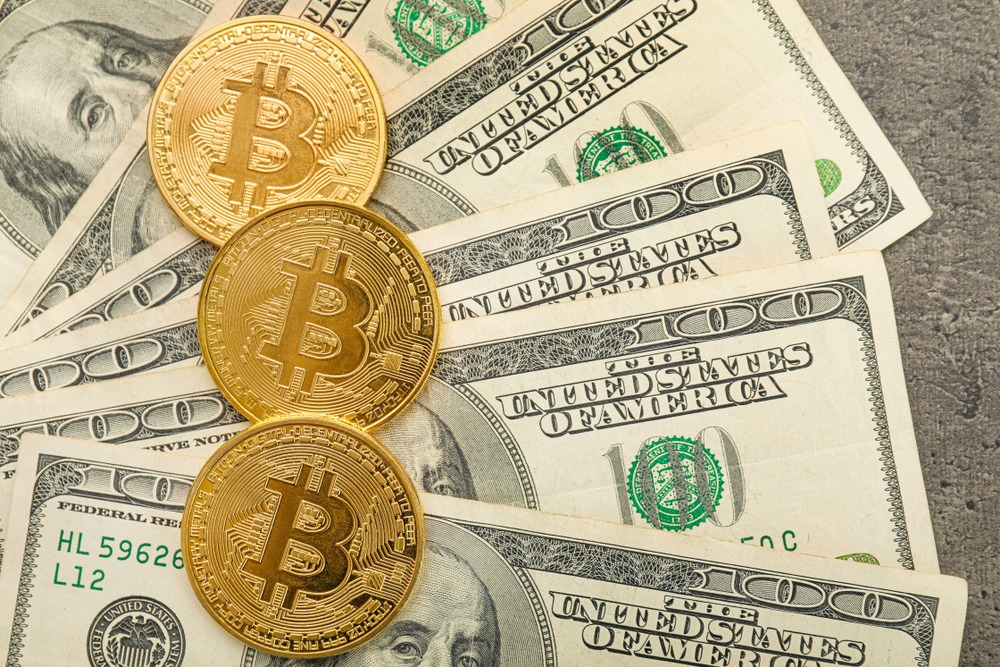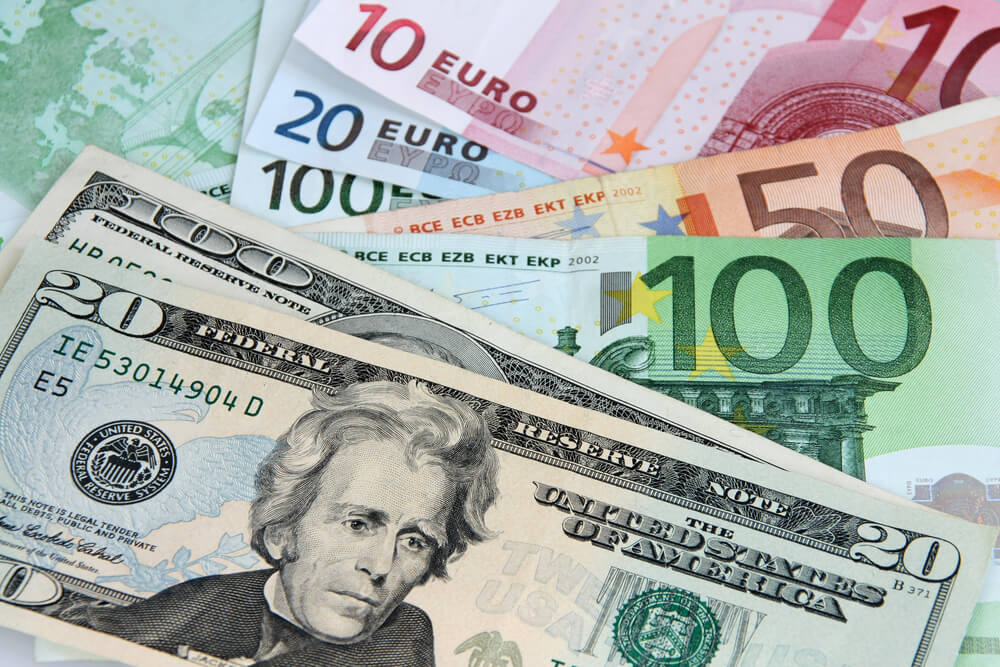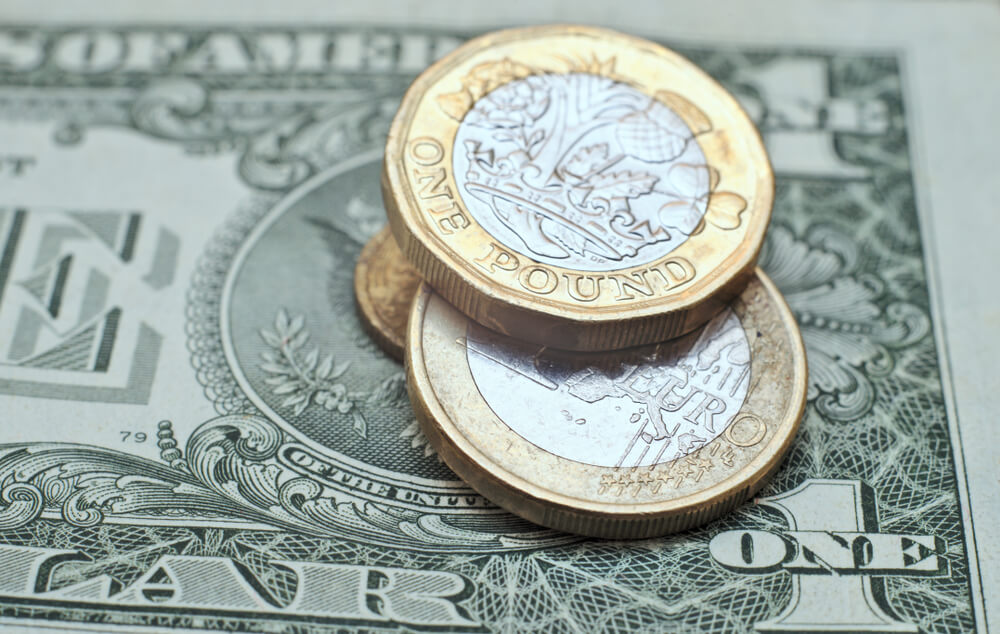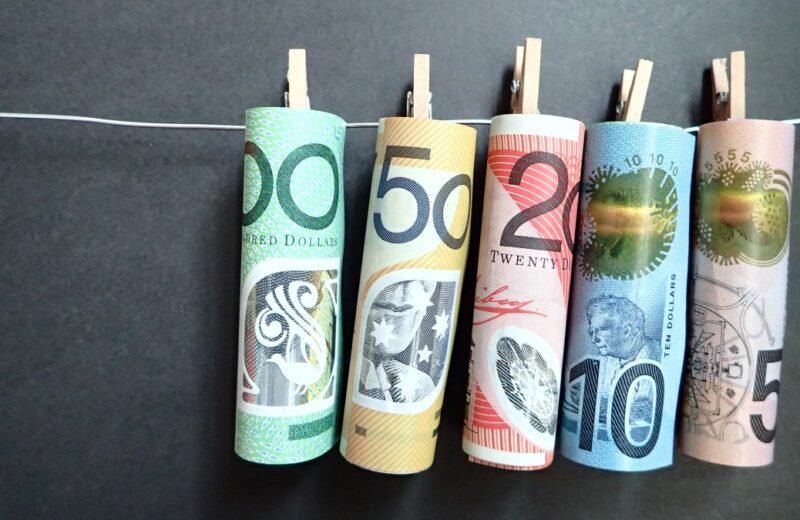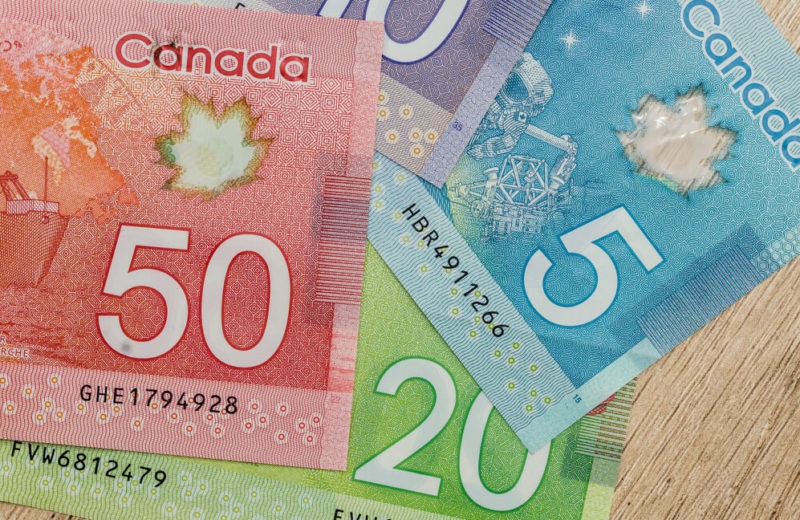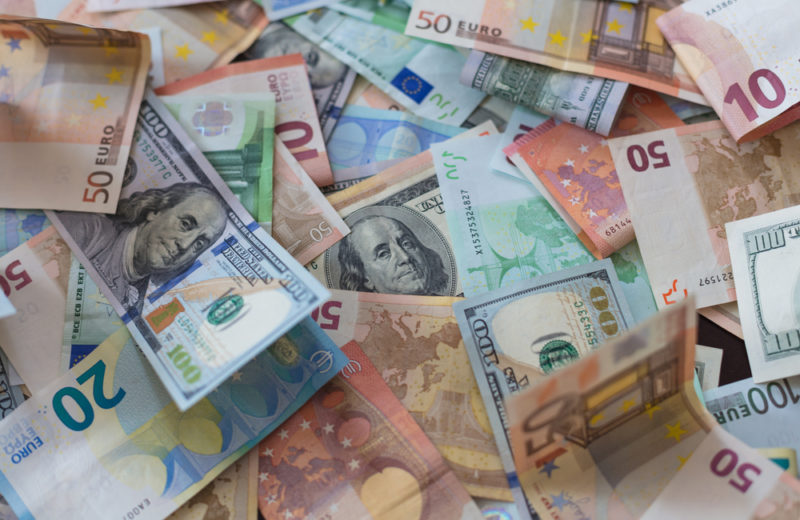The Canadian dollar strengthened against its U.S. counterpart on Wednesday. Oil prices rose. Internal data showed that inflation gained further in January. Canada’s annual inflation rate accelerated to 5.1% in January, reaching a 30-year high overall. Food and housing costs continued to grow. The Bank of Canada’s average of three necessary measurements increased to 3.2%. Still, analysts doubted the data would be enough to climb the 50 basis points at the central bank’s March 2 policy meeting; Than 25 basis points. Money markets are seeing more significant growth, about a 30% chance.
World stocks rose the next day; However, the market movement was tested by Western skepticism that Russia had indeed withdrawn troops from Ukraine. The traders were also waiting for the release of the minutes of the last meeting of the Federal Reserve. U.S. crude oil was up $93.65 a barrel, up 1.7% overall. Hence, one of Canada’s major export commodities, oil prices, offset Tuesday’s decline.
The Canadian dollar was up 0.2%, compared to $1.2690, at 78.80 US cents; After trading in the range 1.2665-1.2727. Canadian government bond yields were lower on the flatter curve, which tracked the move to the U.S. Treasury. The 10-year yield reached its highest level since January 2019, totaling 1.995%; Until it returned to 1.960%; With a decrease of 1.3 basis points per day.
Inflation and Geopolitical Tensions
Markets are wary on Thursday. Investors are struggling to find out if there will be a military conflict between Russia and Ukraine. U.S. Treasury bond yields are declining. The U.S. dollar index is rising, and stock futures are falling from 0.3% to 0.5%. The publication showed that most of the participants favored a faster rate of accommodation removal than was currently expected if inflation did not fall as they expected.
EUR/USD rose to 1,1400; However, the day closed around 1.1370. Due to risk aversion after falling to 1.1300 on Thursday, the pair managed to return to the 1.1350 zone. GBP/USD remains under moderate downward pressure and trades below 1.3600. Russia said Wednesday it would respond if Britain imposes new sanctions on Moscow over its conflict with Ukraine. USD/JPY declines and transactions below 115.50; JPY will find the claim as a haven. Earlier, data from Japan showed that car orders rose 3.6% monthly in December. This exceeded market expectations by a wide margin of 1.8% decline.
Gold continues to proceed strictly to changes in risk sentiment. After falling below $1,850, the XAU/USD gained momentum. And then it closed crucially near $1,870 on Thursday. The pair continued to rise to $1,880 on Thursday. Also, Bitcoin recorded modest losses. Accordingly, it trades in the narrow range at around $44,000. Ethereum’s recovery phase has been extended and will end at $3,000 after closing red on Wednesday.


